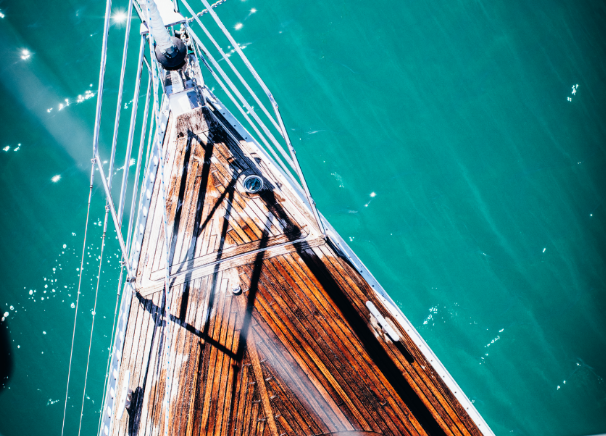Driverless yachts are finally here! Drink-boating is just around the corner! (Just kidding that’s terrible advice).
There is now a yacht that pilots itself. A robotics start-up founded by three engineering students is making headlines. They have been developing technology to create boats similar to Google’s driverless cars. And we can’t wait!
For quite some time, scientists have been working on driverless solutions for maritime shipping, search-and-rescue operations and security work. But driverless tech has been absent from recreational boating until now. Since forming a few years ago, the Buffalo Automation Group has successfully tested its technology on a 16-foot catamaran.

Dance instead of drive!
Driverless Yachts – Patents Pending
The company has filed two provisional patent applications and secured thousands of dollars in funding. “The success we’ve had illustrates there is a market for safe, highly-effective and easy-to-use marine autopilot systems. They can provide recreational boat owners with well-deserved peace of mind,” says Thiru Vikram, the company’s CEO. Fellow co-founders Shane Nolan, and Alex Zhitelzeyf agree.
Each year, recreational boating accidents cause hundreds of fatalities and thousands of injuries. Buffalo Automation Group wants to reduce those numbers through use of its technology. The company is targeting small yachts and inboard boats up to 40 feet long. Driverless yachts could save lives.

The yacht will drive itself while you hide from weird pirates
Nolan says, “These are vessels that are big enough for a family to spend anywhere from a few days to a few weeks on the water. But they’re often too small to hire a crew, or even a junior captain, so the captain must keep constant vigil over the boat.”
Autopilot
Like aeroplanes, many of these boats have an autopilot option. The problem, Zhitelzeyf says, is that these systems are reactive. They only respond after the boat senses a change in tide, wind or other conditions. The technology that Buffalo Automation Group is developing uses a combination of sensors, cameras and wireless communication systems. It is predictive, meaning it fuses real-time data, such as weather conditions and obstacles in the water (boats, swimmers, logs, etc.), with nautical charts and other static information. This preempts any threats to the boat and its course of direction.

Just think of all the stupid things you can do if you don’t have to drive your boat
Designed for new and used vessels, the system would dock the boat and allow the captain, at any time, to easily regain control over the boat. It also has the potential to reduce insurance costs. Zhitelzeyf says, “You will connect your smartphone or laptop to the system. From there, you use your device to tell the system where you’d like to go. It then guides the boat, from port to port, using the safest, most efficient route possible.”
The co-founders plan to continue to refine the technology while meeting with potential investors, boat manufacturers and retailers that sell marine electronics.
We here at GCLife are all about the robot yachts. Who wants to pilot a boat when you could be jumping off the back and catching a live marlin with your bare hands? And yes, we can do that, stop doubting us. ■

Editor for Silver Magazine Gold Coast

